
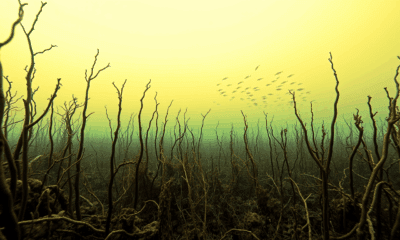

A scorching marine heatwave from 2014 to 2016 devastated the Pacific coast, shaking ecosystems from plankton to whales and triggering mass die-offs, migrations, and fishery collapses....
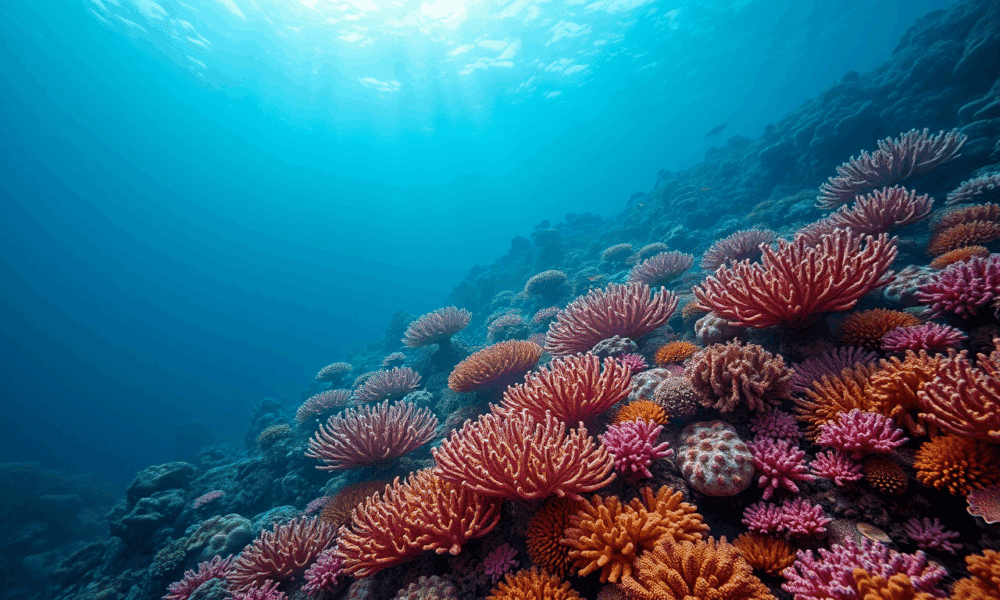
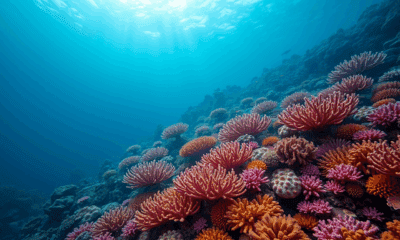

Hawaiian coral reefs may face unprecedented ocean acidification within 30 years, driven by carbon emissions. A new study by University of Hawai‘i researchers shows that even...
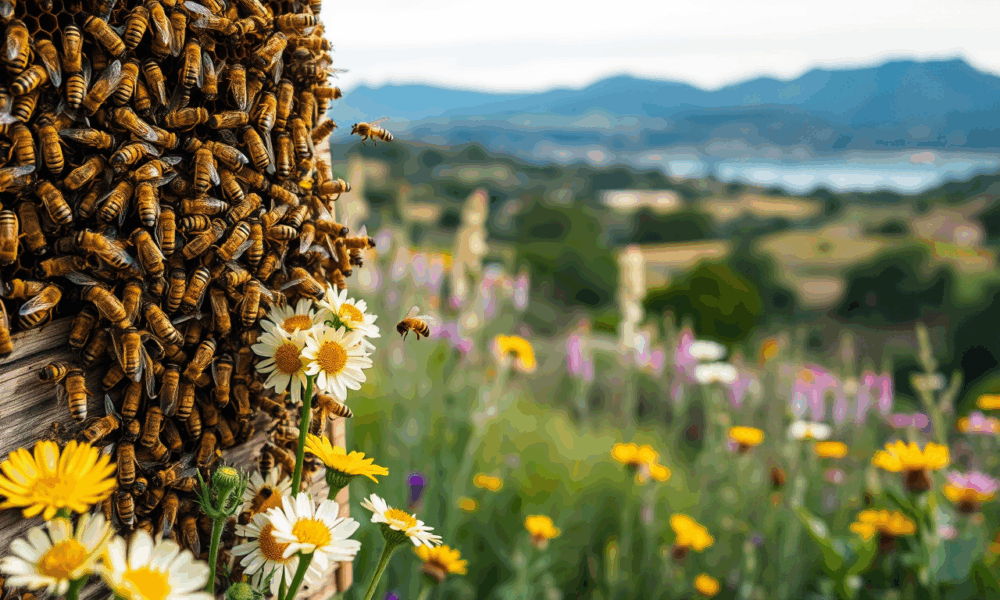
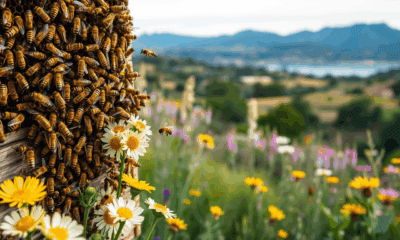

Feral honey bees, once celebrated for their agricultural value, are now threatening native ecosystems in Southern California by monopolizing pollen sources and overwhelming native pollinators. A...
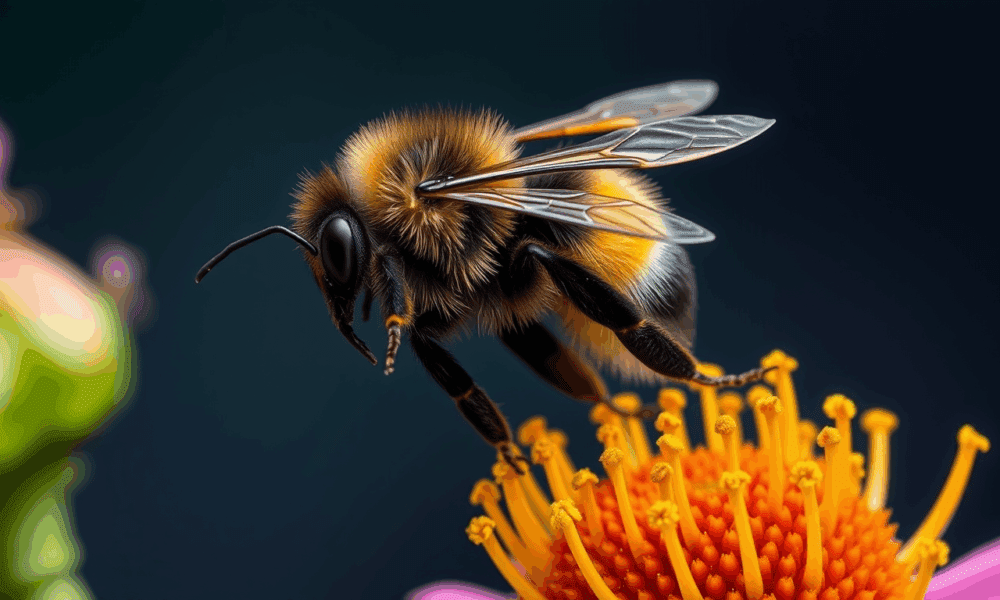
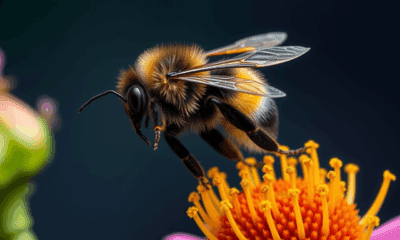

High heat and heavy metals dampen a bumblebee’s trademark buzz, threatening pollen release and colony chatter. Tiny sensors captured up-to-400-hertz tremors that falter under environmental stress,...
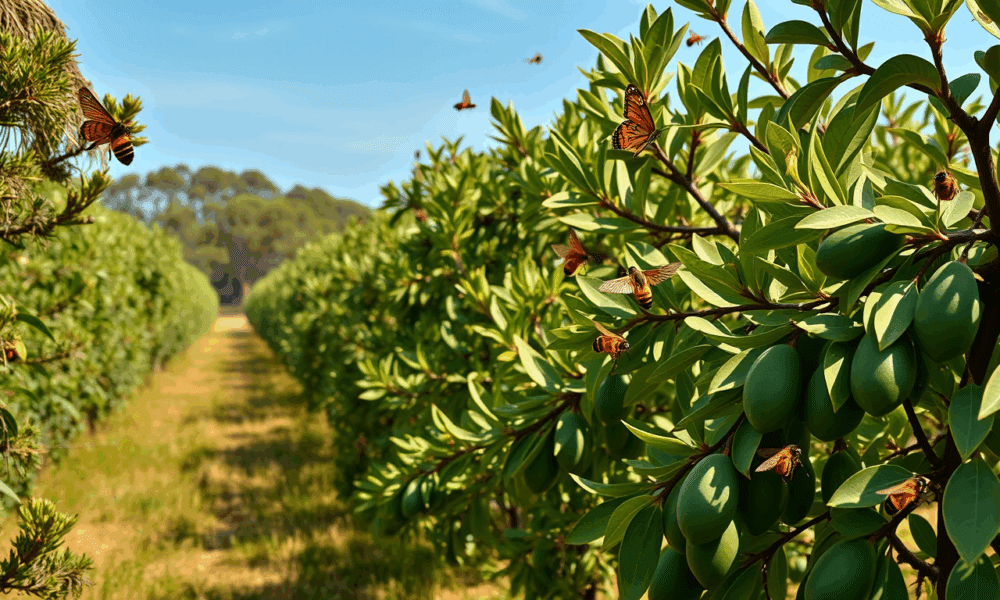
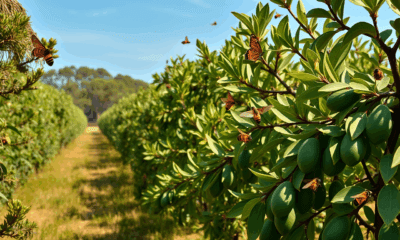

Preserving strips of native vegetation beside avocado orchards gives insects a buffet of wild pollen when blossoms are scarce, doubling their plant menu and boosting their...
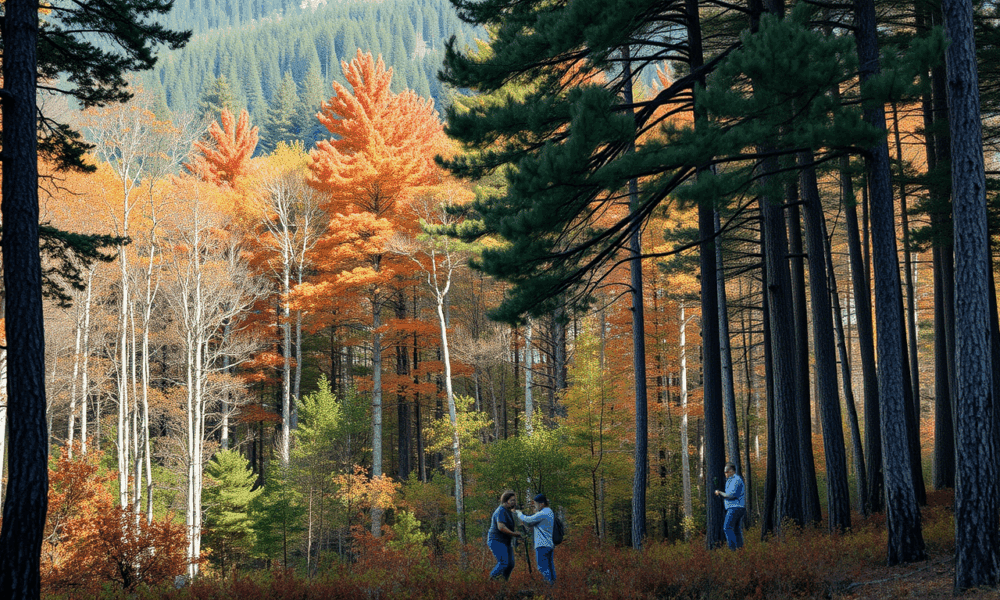
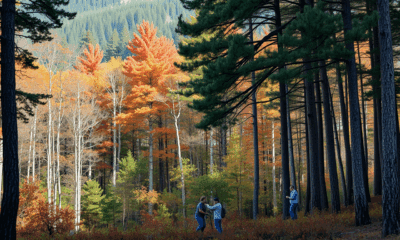

Forests aren’t keeping up with today’s climate chaos. While temperatures soar within decades, tree populations take 100 to 200 years to shift in response. A sweeping...
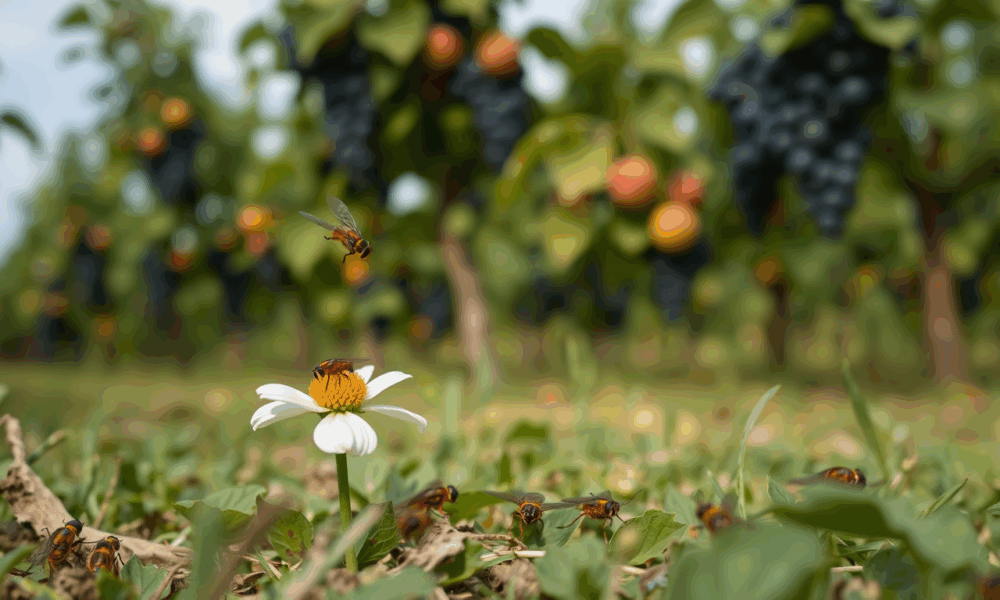
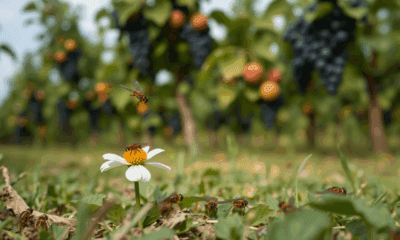

Macquarie University researchers reveal that chlorothalonil, still commonly sprayed on American and Australian produce, cripples insect fertility by more than a third at residue levels typically...
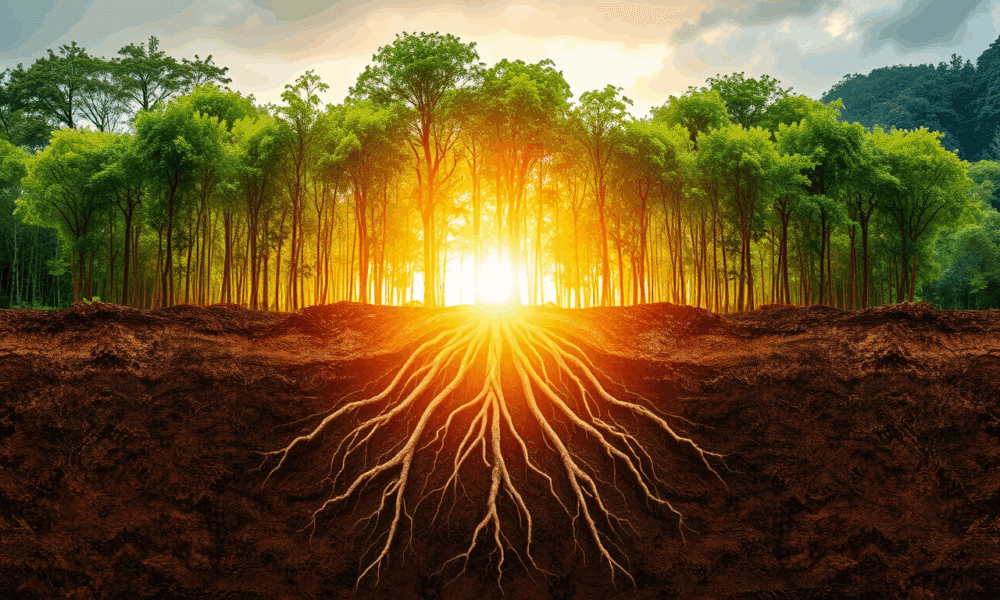


Beneath the forest floor lies an overlooked secret: many plants grow a second set of roots far deeper than expected sometimes over three feet down tapping...
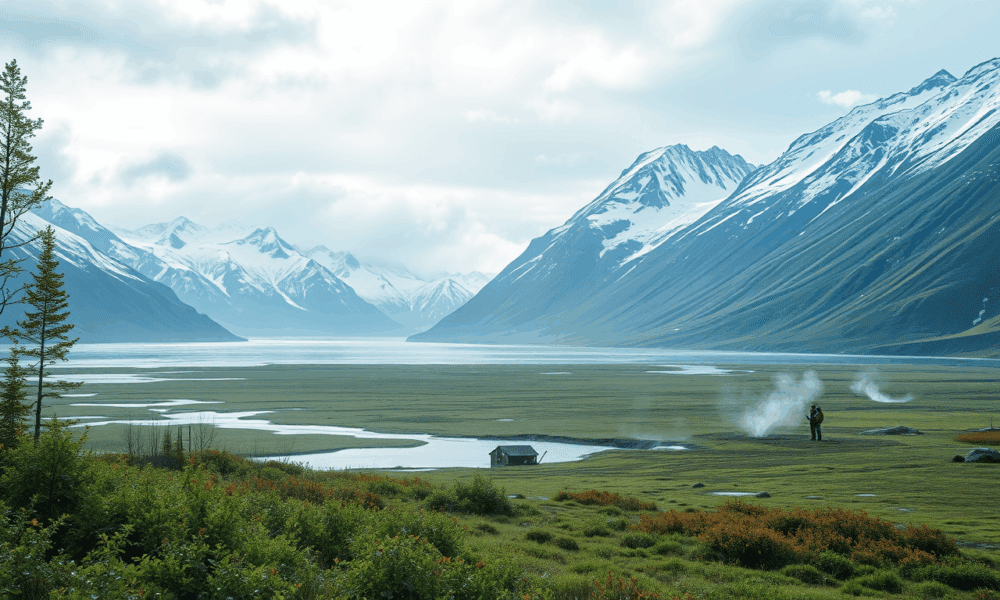
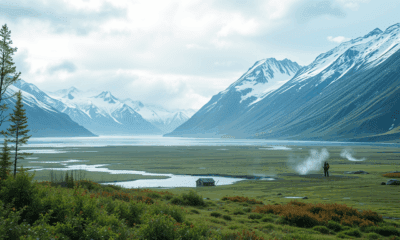

Arctic peatlands are expanding with rising temperatures, storing more carbon at least for now. But future warming could reverse this benefit, releasing massive emissions.
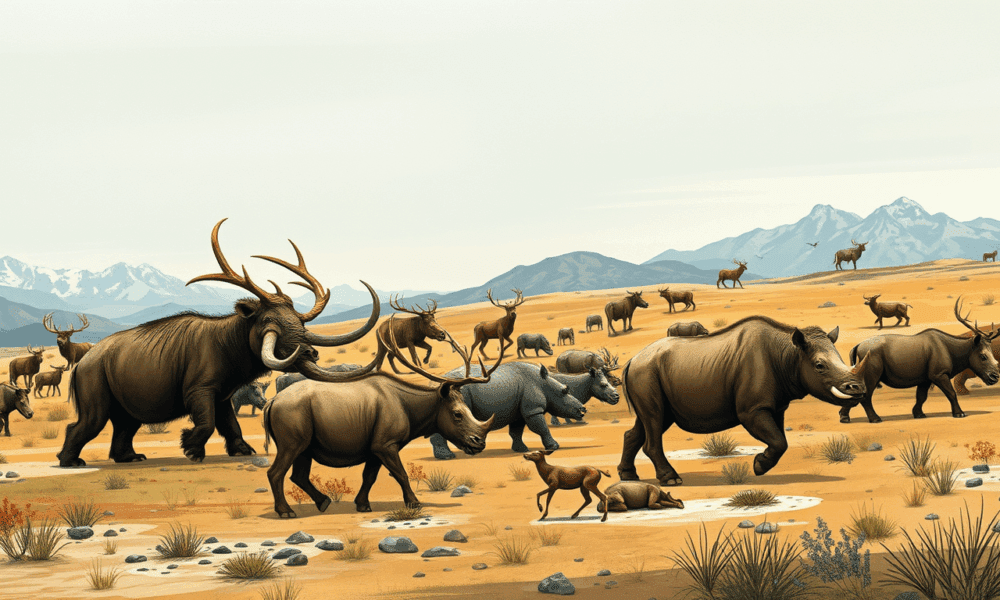
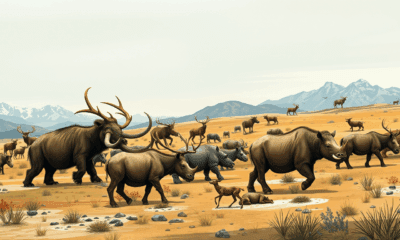

For millions of years, large herbivores like mastodons and giant deer shaped the Earth's ecosystems, which astonishingly stayed stable despite extinctions and upheavals. A new study...